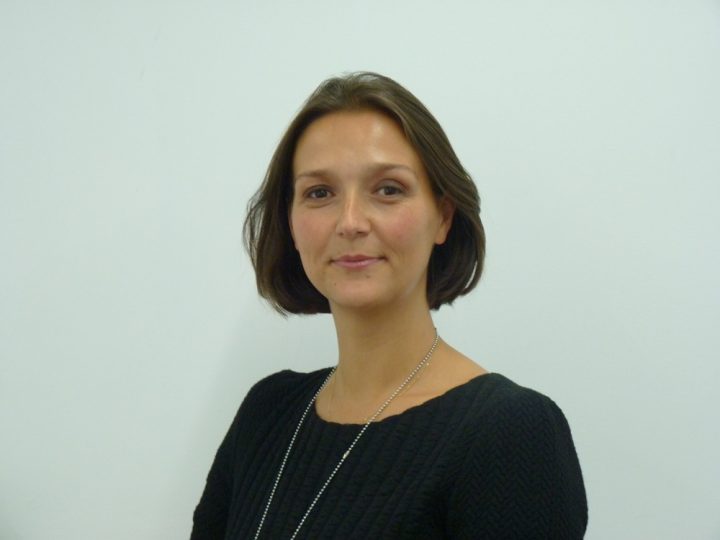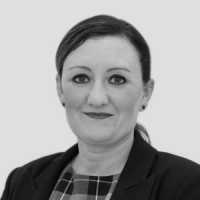
Health data will positively impact all our lives
How health data will positively impact all our lives
I recently moved house to a more rural location and that made me feel nervous about our digital connectivity. I do not have direct access to a bank or cash machine; nor to a supermarket; nor to the usual conveniences that my family have become used to. A superfast broadband connection suddenly went from being a nice to have to an absolute necessity.
I need not have worried though. Since moving out to the country our family life has become much more digital and in the process much more efficient. The local corner shop takes contactless; we order our weekly groceries online; and the doctor’s surgery allows me to access everything through their remote portal. Ironically, life feels much more convenient the further away I live.
Despite these recent advances in the way our health service utilises IT, it’s typically the tech and social media sector that are best at capitalising on the advances in computer science; developing powerful algorithms that turn customer data into business intelligence. But all that’s about to change.
Connected Health Cities is a fascinating new project, delivered by the Northern Health Science Alliance, that we recently launched across the north of England to reduce UK health inequalities. It is sad fact in 2016 that a girl born in Manchester will have on average 15 fewer years of good health than a girl born in Richmond upon Thames. One of the ways we can address these issues is by making locally under-used data work harder for the benefit of patients and their families. The important bit here is the word local – locally owned and locally accountable to the communities they serve.
How? Well, Connected Health Cities aims to understand more about how today’s patients move between services; live longer lives but have multiple health conditions; and, given that most people are more tech-savvy than ever before, how we can help them to use this to improve the services they receive.
To address this we are looking at how the ubiquity of devices like mobile phones can be used to harness better, more meaningful communication between patient and clinician for example, by providing platforms for patients to record their symptoms on a day-to-day basis.
A great example of this is ClinTouch, now run by Affigo (a community interest company), which allows direct communication between patients with mental health issues and their clinicians to monitor the progress of symptoms in real time; or Cloudy with a Chance of Pain which allows arthritis suffers to log their pain and researchers, including citizen scientists, to look for connection between symptoms and the weather.
At its core the CHC works by safely and securely linking data together from different services to better serve patients in their city regions. The information can then be analysed to understand where problems exist in current pathways and develop appropriate solutions. This could, for example, result in improvements in the diagnosis and treatment of strokes; or help us to understand more about the patterns and development of childhood obesity.
By applying similar methods to those that enhance our online shopping experiences we can advance our health and help relieve some of the pressures our NHS is currently under. I think we can all agree it needs our help right now.
CHC is embedded in existing services which allows new solutions to be put into action faster. We are not talking about improvements 15 years down the line; we’re talking about making a difference right now. This is what we call a learning health system – a system that responds to current evidence and makes the appropriate changes to improve healthcare. A lot of the technology already exists to help us do this but sometimes, like moving house, we just need something that can help us implement that change.
We all use the NHS as patients or carers during our lifetime. We trust it with our lives. During all of these interactions they collect a lot of deeply personal information about us. I care about what happens to my health data and that of my family. I want it to be used appropriately and securely in a way that keeps me safe but also allows others to benefit from my experiences – good or bad.
All of the projects that are delivered as part of CHCs currently use de-identified data. Analysts don’t need to know my name, my date of birth or my address to assess whether my treatment was efficient or if the right diagnosis was achieved in the right way in the shortest amount of time. However I would like to be able to control my preferences in the way that I can when I set up my Twitter account or my online shopping account. This is something that the CHC project would like to deliver, working in partnership with patients.
CHC is constantly having conversations with the public about the work it does to make sure it is relevant. The #datasaveslives campaign has been really successful in providing a platform for patients and researchers to share their views about health data science. If you’d like to find out more about the project then check out Twitter (@CHCNorth) or visit the website: www.connectedhealthcities.org
When we moved house my daughter moved school. This started a conversation about what she would like to do when she was older. She proudly stated “I want to be a technology doctor”. When I asked her what that was she told me that it was a doctor that used computers to make people better. She is 6. I hope this project goes someway to deliver the future of healthcare that is so obvious to her.



